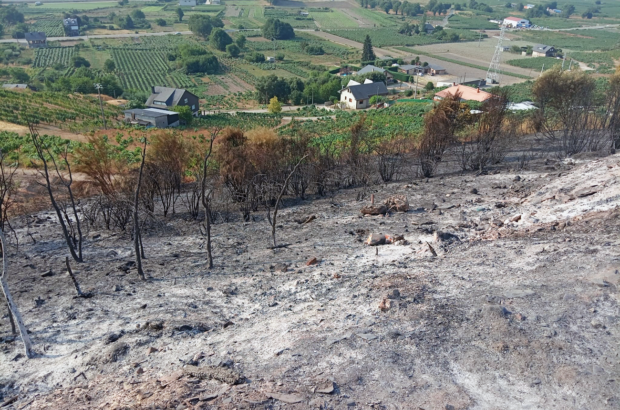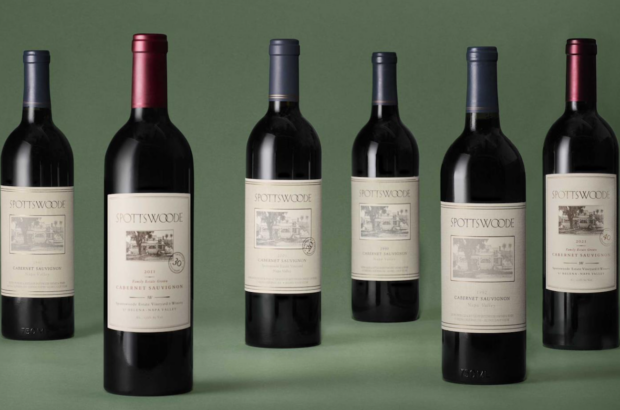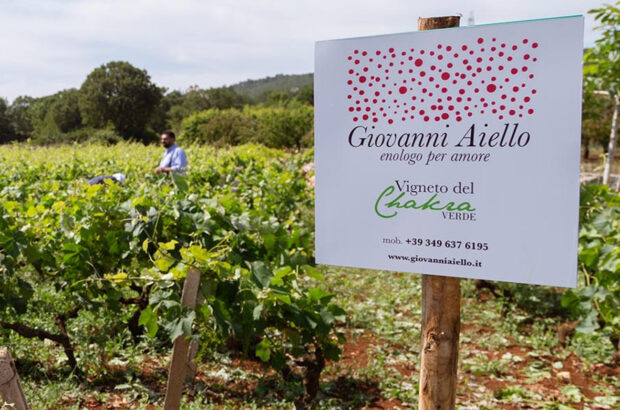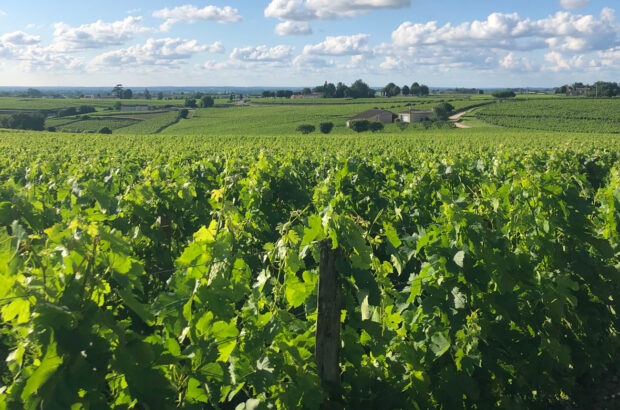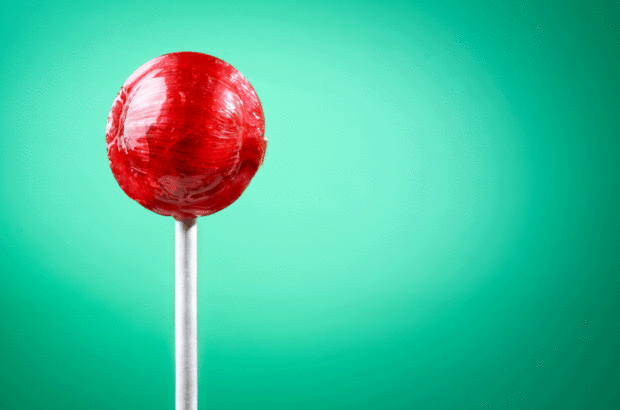Syria's civil war forced staff at the country's only commercial winery, Bargylus, to abandon the estate on the eve of harvest, nearly causing the loss of the 2013 vintage, according to its co-owner.
Brothers Karim (left) and Sandro Saade, pictured at Chateau Marsyas in Lebanon
All workers had to desert Bargylus for a week ahead of last autumn’s harvest, because of nearby fighting between different factions in Syria‘s ongoing civil war.
‘It was a very stressful situation,’ Bargylus co-owner Sandro Saade told decanter.com during a visit to London this week.
‘We didn’t know if we would have a harvest or not, and we were worried that either side could damage the vineyard.’
In the end, fighting died down, but – as Saade told Cathy Huyghe for the December issue of Decanter magazine – the 2013 harvest still had to be co-ordinated from a distance due to the danger of travelling.
Saade’s family also owns Chateau Marsyas in Lebanon, and this is where final decisions were taken on when the Bargylus harvest should ideally begin.
‘The road north of Tripoli [into Syria] to Latakia is not safe at all,’ Saade said this week. ‘Before the harvest, we were getting batches of grapes from one parcel of vines put on ice and sent to us in a taxi. They were sending grapes every two to three days.’
Bargylus also stocks 90,000 empty bottles, or enough for two vintages’ worth of production, ‘just in case’ supply lines are closed and it can’t source them at the crucial moment.
The Saades, who work with international winemaking consultant Stephane Derenoncourt, produce two wines at Bargylus, a Syrah-dominated red and a white that is 55% Chardonnay and 45% Sauvignon Blanc. The same white blend is made at Marsyas, but there the red is Cabernet Sauvignon-led.
Saade said he gets frustrated by newcomers to the wines who ask whether they reflect styles in established French regions, such as Bordeaux and Burgundy.
‘How can they ask me such a thing? We are trying to produce a wine that really reflects our terroir.’
In Lebanon in particular, he said the number of producers is growing. ‘When we planted the vineyards [mid-2000s], there were 15 producers. Now, there are 40.’
The Saade family’s main markets are in Europe and United Arab Emirates, but they aim to begin exporting to Asia and the US this year.
Written by Chris Mercer



